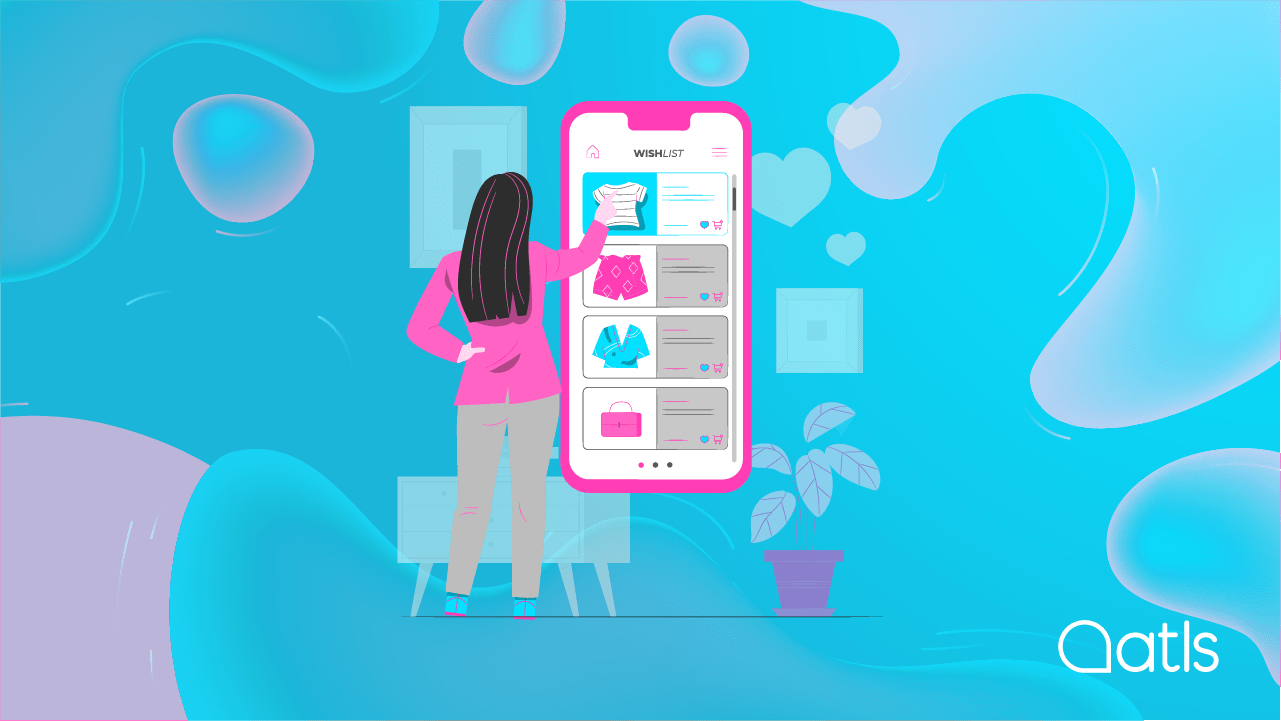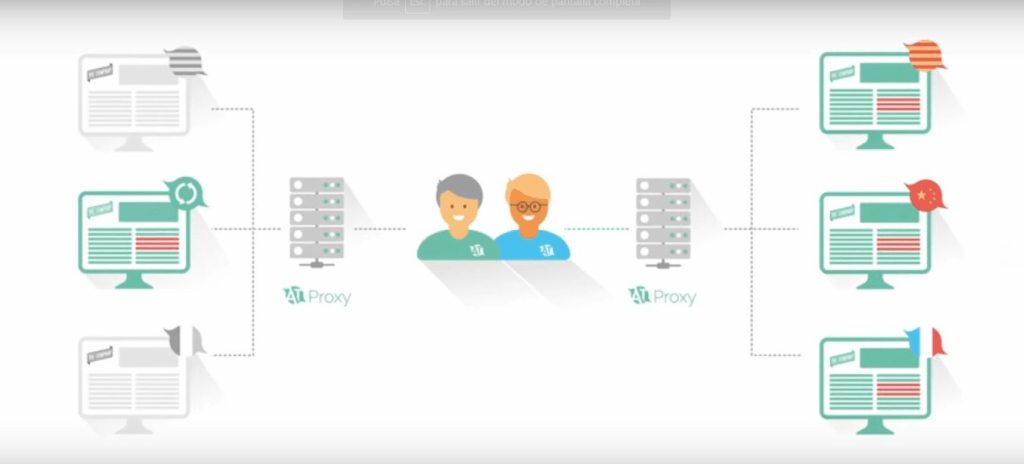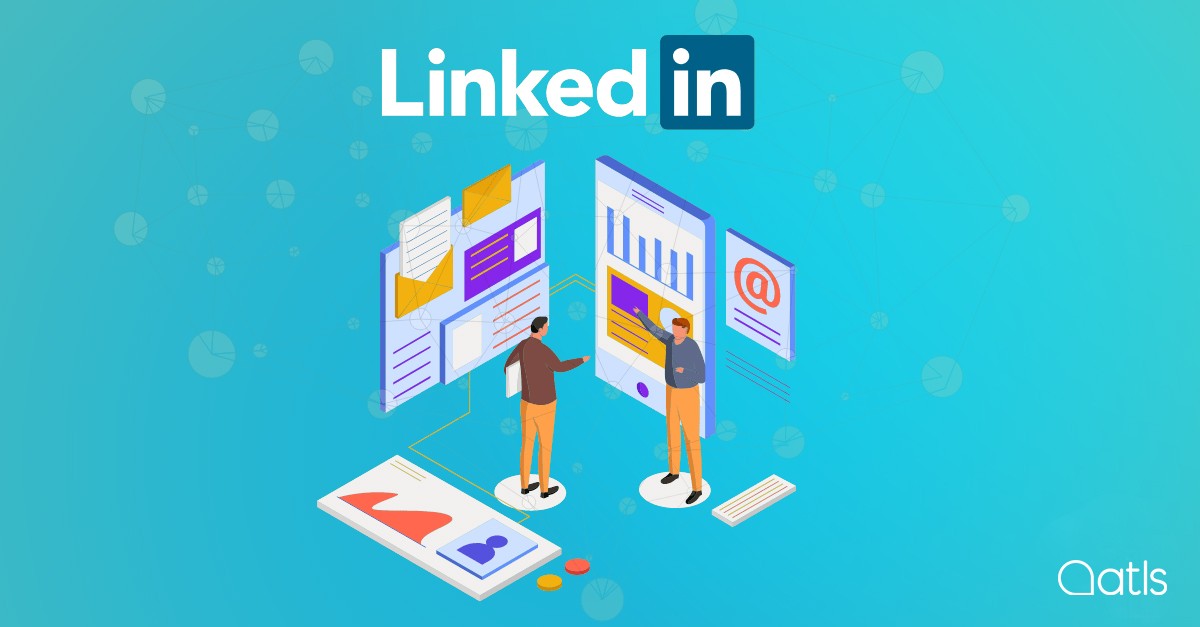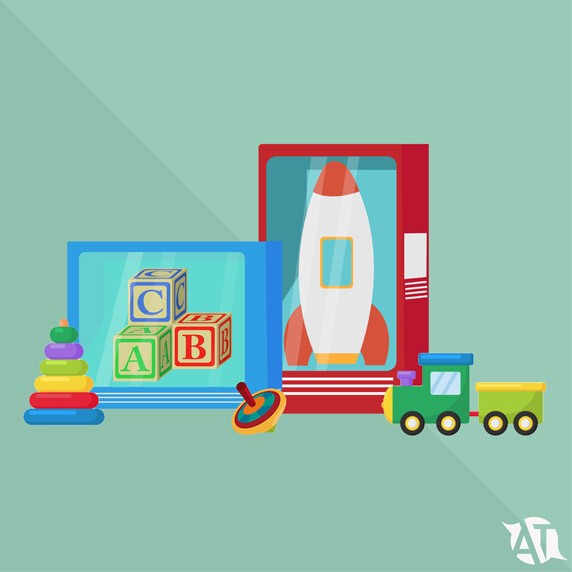Do you want your app to be a hit? Translate... and win!
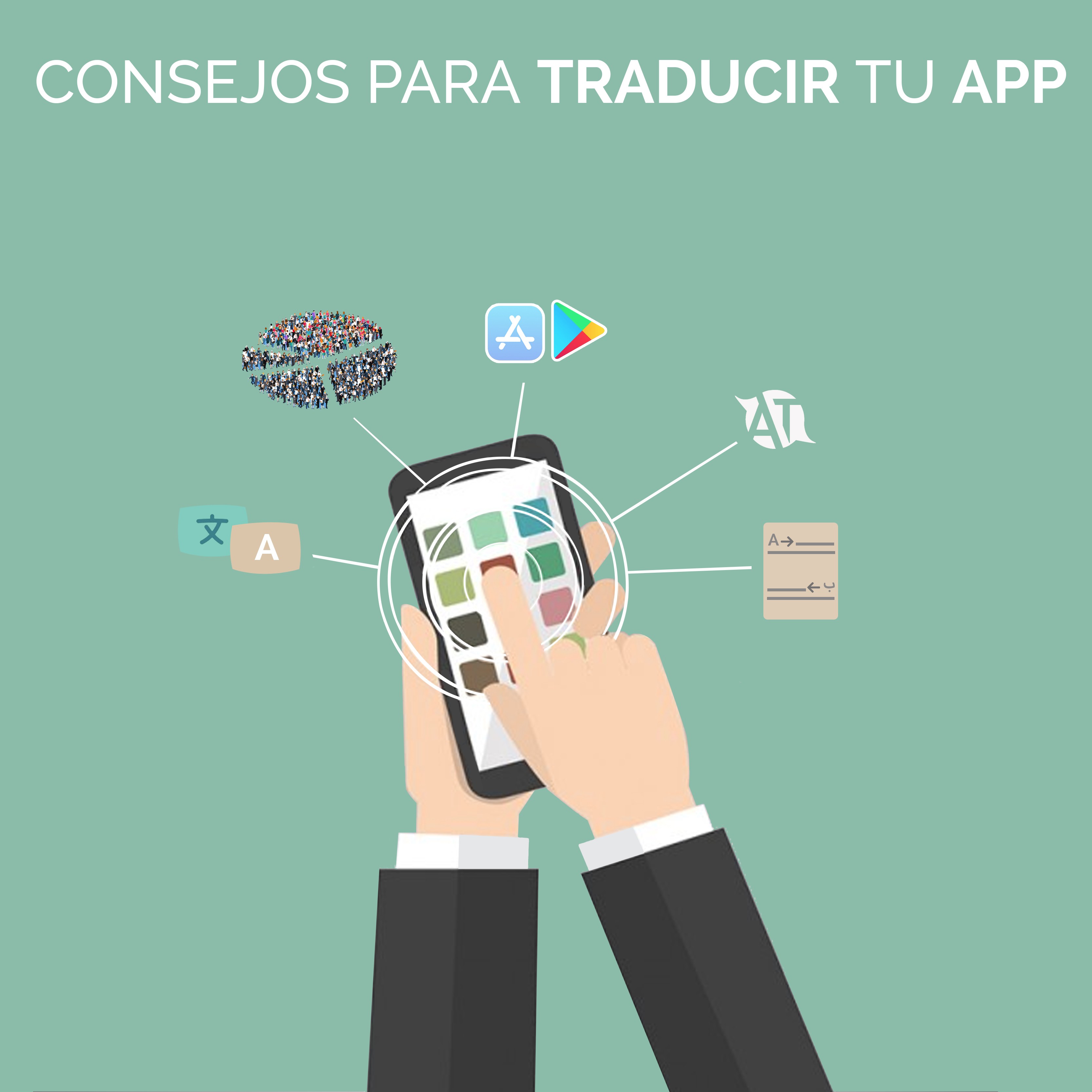
The Mobile World Congress - an international event which has been making a huge impact in recent years - is getting closer. And at the centre of it all is the mobile. Year after year, the companies who go there put all their efforts into innovating and getting their latest technological developments out on the market. Last year it was attended by record-breaking numbers - 109,000 - all from different countries, and all keen to get the latest news. Making an impact on so many people isn't easy, and it's imperative that the products and services on show are disruptive and innovative. If you translate the content of your apps into the language of your audience, you'll get a higher success rate. Here are some tips to consider when translating apps:
- Segment your target audience and choose your languages well
Trying to cover all languages isn't productive, and can also send you over budget. Translating into English - the second most widely spoken language by users - is fine, but if users find information in their native language it'll generate more trust and lead to a more positive user experience. When you're thinking about which languages to translate your app into, you need to do some preliminary research on your target audience. Once you've got this information, it'll be easier to choose which languages to translate your app into.
- Remember character limits
Apps on mobile devices have a limited amount of visual space. And not all languages take up the same amount of space. You might end up with more or fewer characters, depending on which language you're translating into. You need to adapt your text layout to suit all languages and make sure they're all legible.
- Pay attention to writing systems
Here, we write from left to right, but in other languages such as Arabic, text runs from right to left. This is a key point to remember if you're translating this language: if you don't make the changes, the translation will be incomprehensible.
- Don't just translate: localise
Translation is important, but knowing how to localise content is vital for your message to be conveyed in the same way in all languages. Some people visiting the MWC come from very traditional countries with well-established customs. Depending on the sector you're working in, you'll need to adapt your messages to ensure your content is appropriate for their culture.
- Remember your Google Play or App Store description
Apps need to be downloaded before anyone can access them. The description that appears is as important as the app itself - this is what's going to attract your customers' attention. Translating the description into your customers' language will help them understand it, and that means they're much more likely to download it.
- Send your texts to be reviewed by a professional translator
You can't afford to make mistakes at an event of this magnitude. If you want to reach your target audience you need to make a good impression to gain their attention and trust. If you're going to translate into several languages you need to be sure the translation is perfect, and not fall victim to the online translator. This is why it's essential that content is reviewed by a professional translator, and one who is a native speaker of their language as well as being a specialist in the sector.
At ATLS, we handle it all, right down to the smallest details, always taking your business needs into account. Get your business ready and don't forget to translate your services for the big day. We'll be there, providing our solutions to companies like yours. See you at the MWC! (Hall Congress Square Stand CS30, Stand no. 15).

